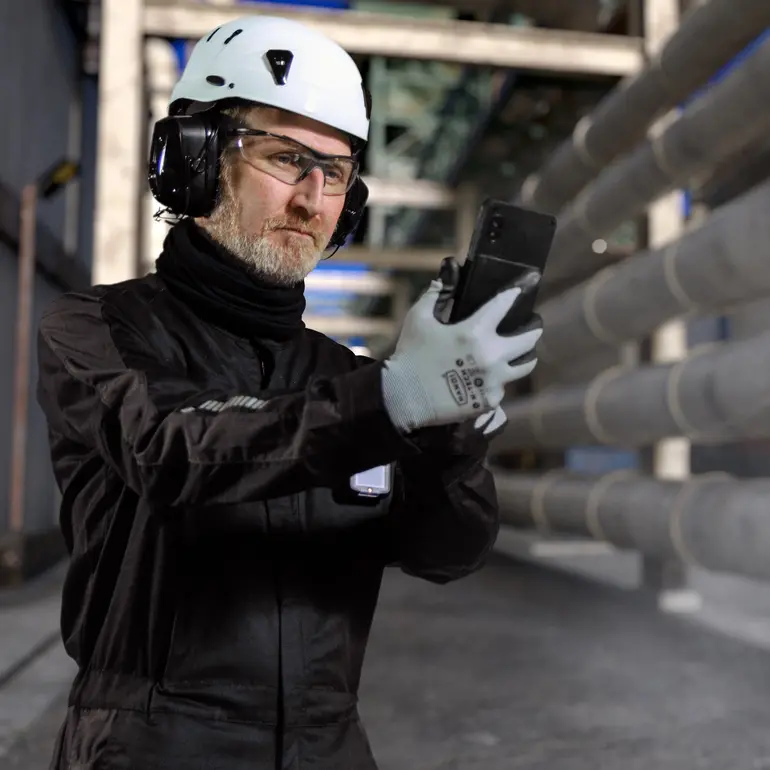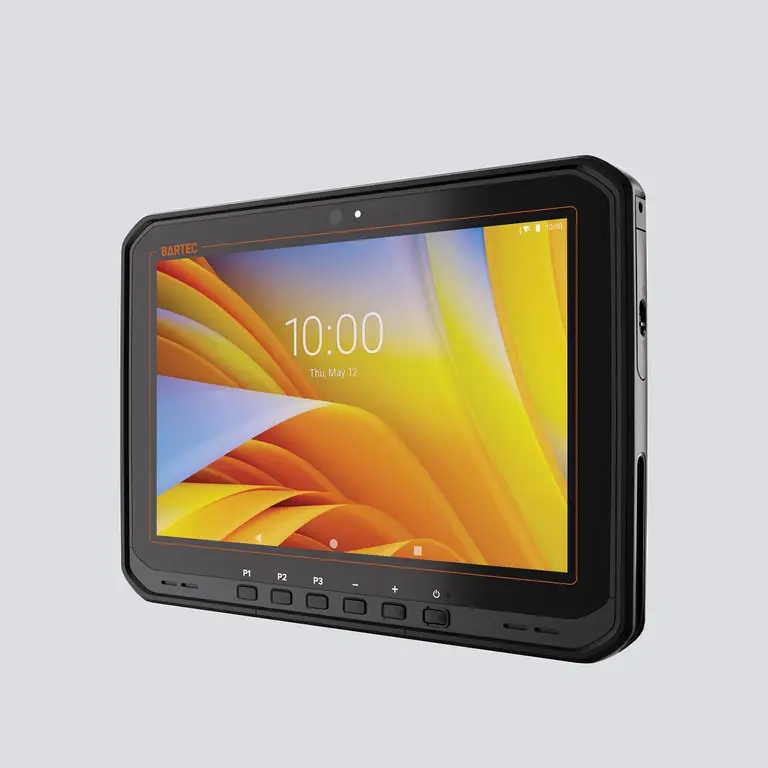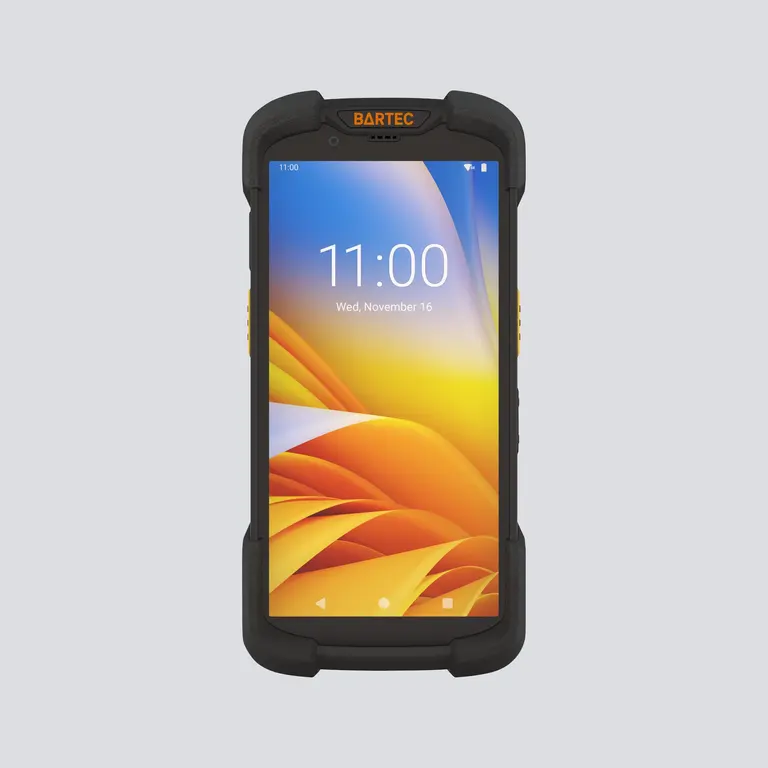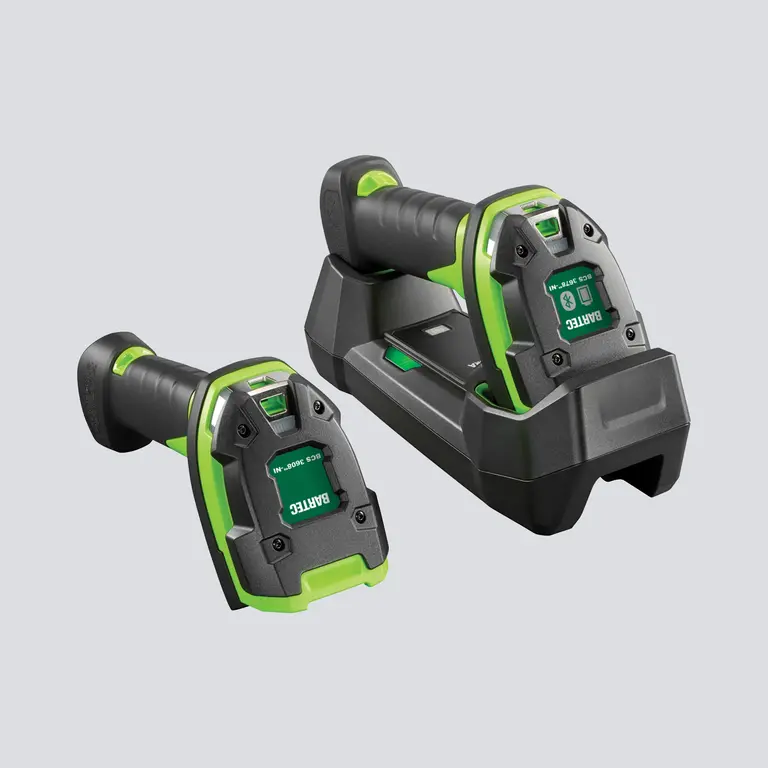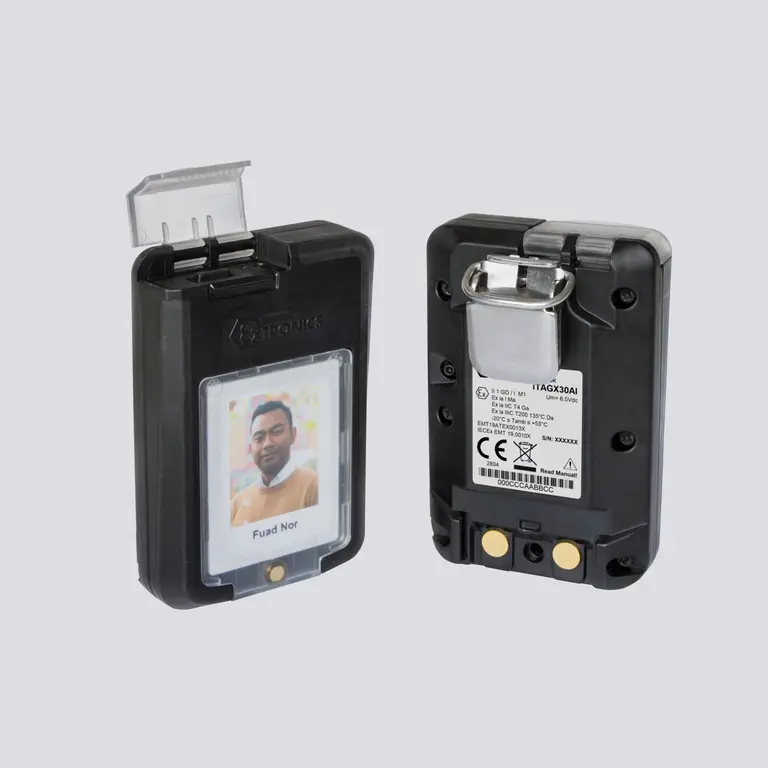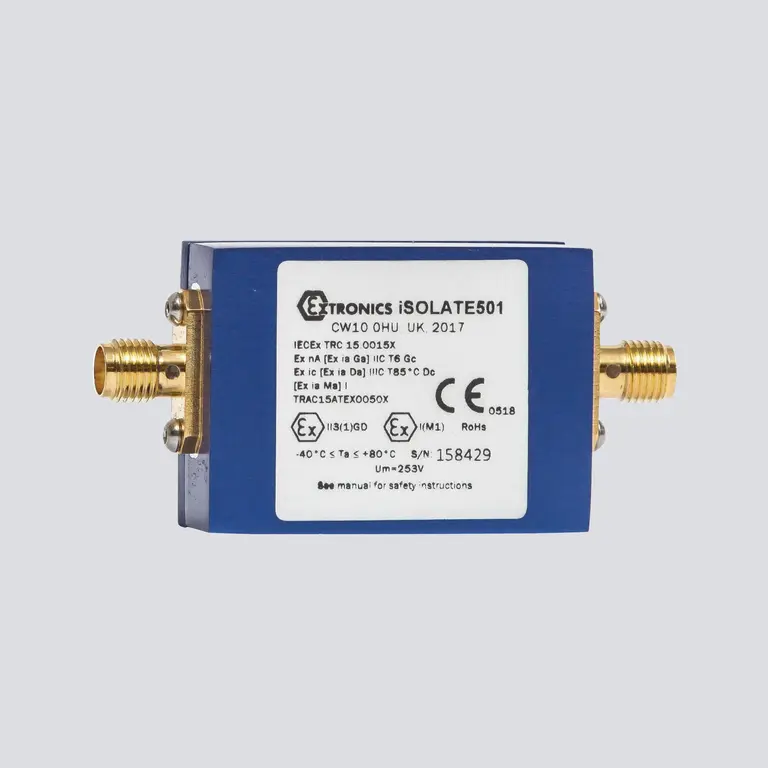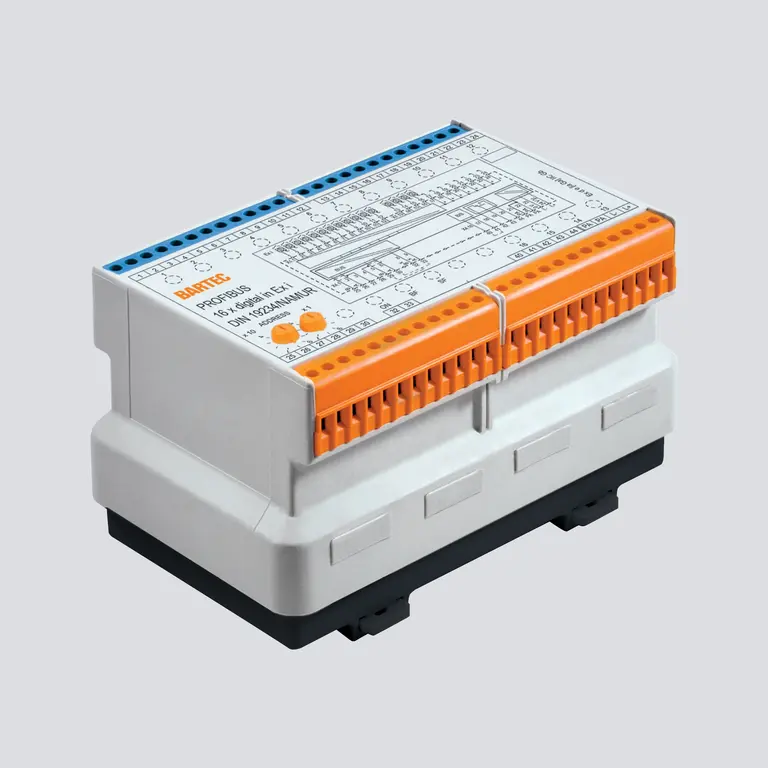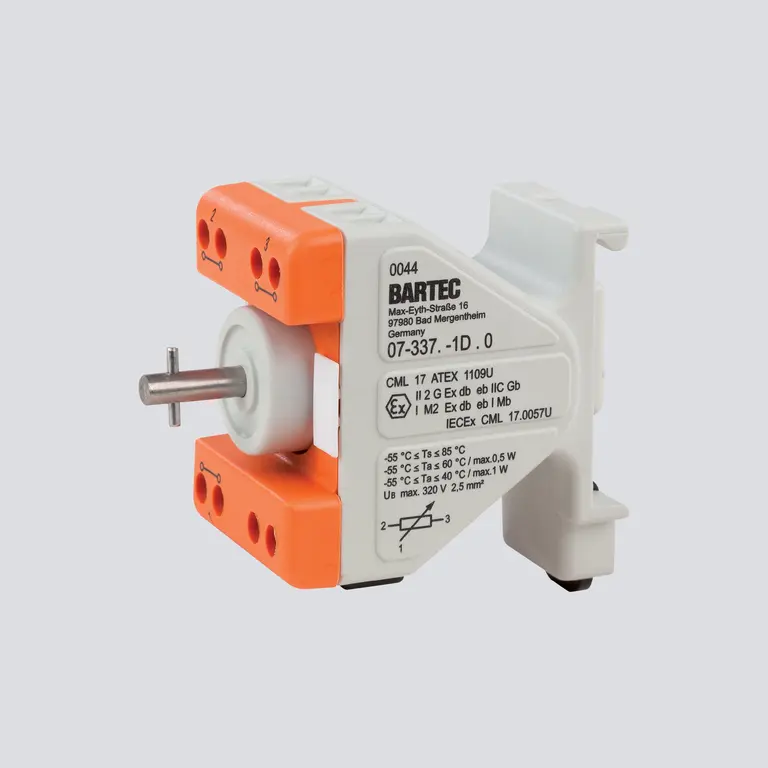Key points about Intrinsically safe equipment:
- Prevents explosions: limits electrical and thermal energy to avoid igniting hazardous substances.
- Used in hazardous areas: common in oil & gas, chemical plants, refineries, mining, and pharmaceuticals.
- Regulated by standards: must comply with certifications like ATEX (Europe), IECEx (International), and NEC 500/505 (USA).
- Requires special components: uses low-power designs, barriers, and isolators to control electrical energy.
Intrinsically safe equipment
For handheld electronics, intrinsic safety is the only realistic method that allows a functional device to be explosion-protected. A device which is termed "intrinsically safe" has been designed to be incapable of producing heat or spark sufficient to ignite an explosive atmosphere, even if the device has experienced deterioration or has been damaged.
The concept of intrinsic safety becomes relevant because of the classification of hazardous areas. For example:
In a Zone 0 area, where explosive gases are always present, only the safest equipment can be used. Intrinsically safe equipment is ideal because it:
- Prevents ignition at the source.
- Doesn’t rely on containment (unlike flameproof enclosures).
- Allows for easier maintenance and calibration without shutting down operations.
Hazardous Area | Risk Level | Protection Method | Why Intrinsic Safety? |
Zone 0 | Highest (continuous) | IS, Encapsulation | IS prevents ignition at very low energy |
Zone 1 | High (likely presence) | Flameproof, Increased Safety, IS | IS is safer and allows live maintenance |
Zone 2 | Lower (occasional) | General Purpose or IS | IS still preferred for ease and flexibility |
For instance, during marine transfer operations when flammable substances are moved between tanker ships or barges and marine terminals—continuous two-way radio communication is essential. This ensures the transfer can be halted immediately in the event of an unexpected incident, such as a spill. To meet safety regulations, the United States Coast Guard mandates that these radios be certified as intrinsically safe.
Similarly, mobile phones used in hazardous areas like refineries must also adhere to strict safety standards. Devices classified as intrinsically safe or flameproof must be specially designed, particularly their batteries to comply with certifications such as UL, the ATEX Directive, or IECEx, which validate their safe use in explosive atmospheres.
Intrinsically safe solutions by BARTEC
BARTEC offers a range of products, including smartphones , tablets, handheld computers and scanners, Real Time Location System (RTLS) and wireless products and also enclosures, junction boxes, control stations and Human Machine Interfaces (HMIs) that are certified for use in hazardous areas and are also intrinsically safe:
How to choose intrinsically safe products?
What is the difference between intrinsically safe (IS) and flameproof products?
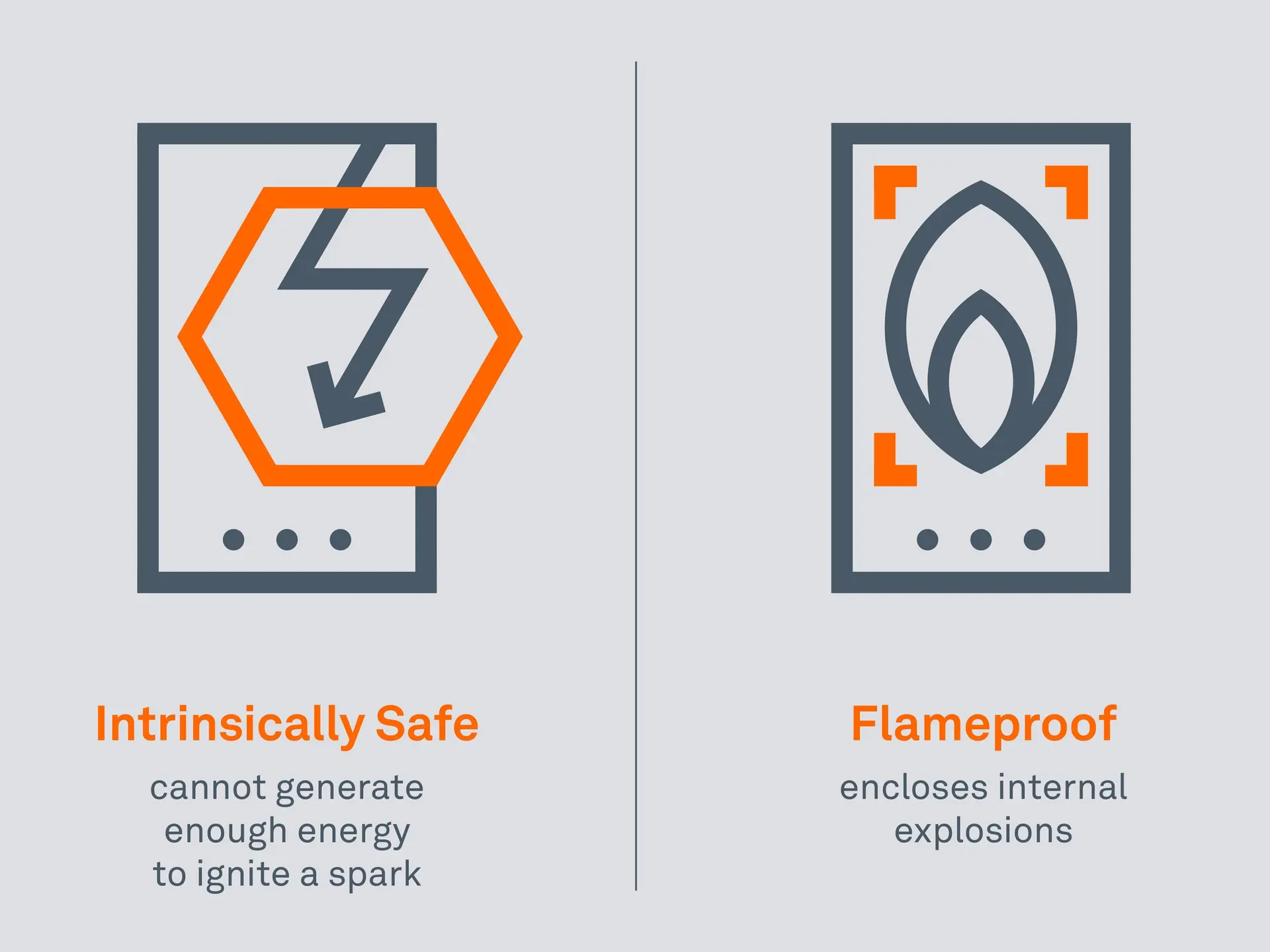
Intrinsically safe is the prevention of ignition by design - the circuit simply cannot generate enough energy to spark or heat up to dangerous levels.
Flameproof encloses the equipment in a strong, robust housing that can withstand an internal explosion and prevent the flame or hot gases from escaping and igniting the surrounding atmosphere. It’s made to contain any explosion that happens inside the device.
Intrinsically safe technology plays a vital role in protecting lives and assets in hazardous areas, especially in industries like oil and gas, mining, and chemical processing. By limiting the energy available for ignition, intrinsically safe equipment ensures that operations can continue safely even in the presence of flammable gases or dust. As safety standards evolve and technology advances, investing in intrinsically safe solutions is not only a regulatory requirement but a smart, forward-thinking decision for any company operating in explosive atmospheres.

